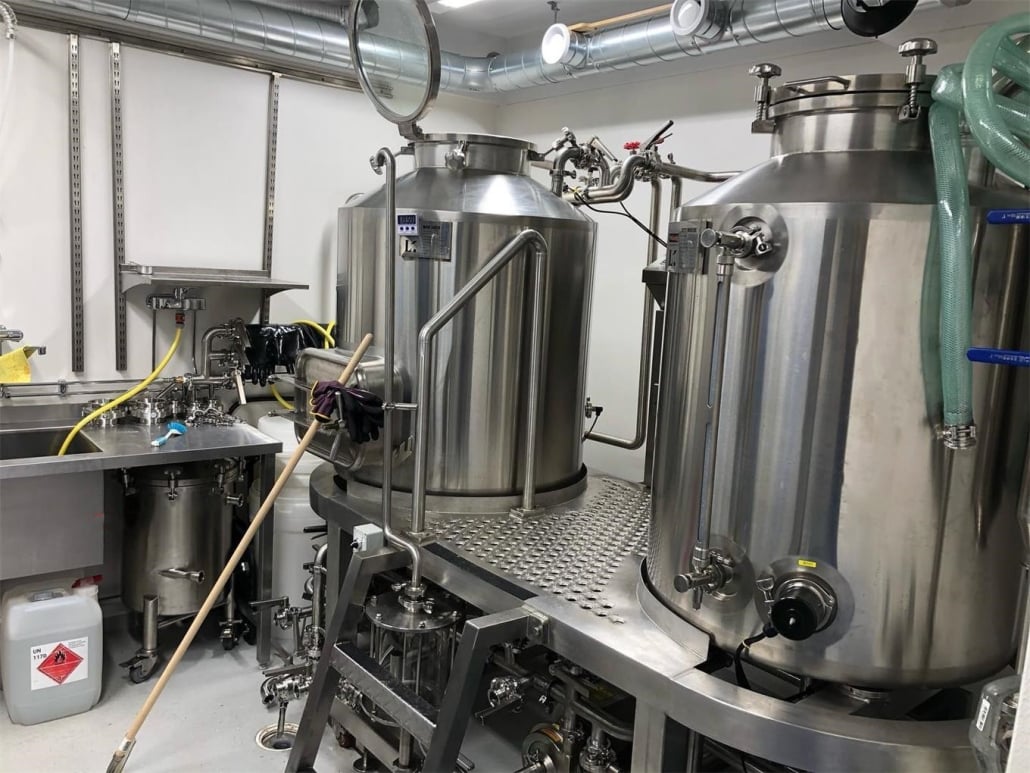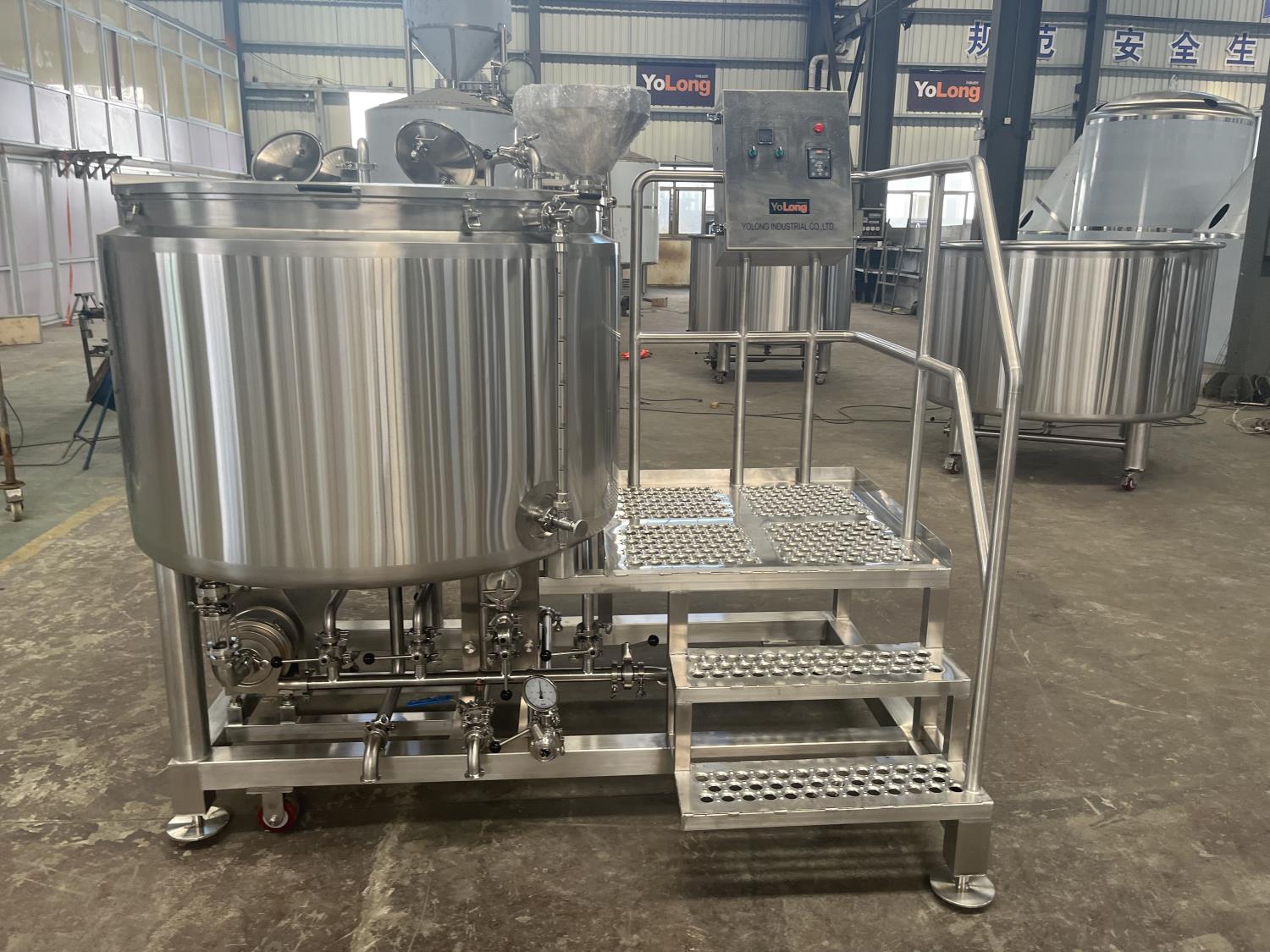Craft Micro Brewery
Overview of Craft Micro Breweries
Craft micro brewery has revolutionized the beer industry, offering unique, high-quality brews that cater to local tastes and preferences. Unlike large-scale commercial breweries, craft micro breweries focus on small-batch production, creativity, and innovation. They provide an intimate brewing experience that emphasizes quality over quantity.
Craft micro breweries typically produce less than 15,000 barrels of beer annually, focusing on distinct flavors and local ingredients. This industry is driven by passionate brewers who prioritize craftsmanship, community, and sustainability. As a result, craft beers have gained a loyal following among beer enthusiasts seeking more than just a standard pint.
Equipment Guide for Craft Micro Breweries
Setting up a craft micro brewery requires a range of specialized equipment designed to facilitate the brewing process efficiently and effectively. Here’s an overview of the essential equipment needed:

Brewing System Overview
A brewing system includes all the machinery and tools required to produce beer, from the initial brewing of the wort to the final packaging of the beer. The system is usually comprised of several key components:
- Mash Tun: Where the mashing process occurs, converting the starches in the grains into fermentable sugars.
- Lauter Tun: Used to separate the wort from the spent grains.
- Boil Kettle: Where the wort is boiled and hops are added for bitterness and flavor.
- Fermenters: Vessels where the wort is fermented into beer.
- Brite Tanks: Used for secondary fermentation and maturation.
- Heat Exchanger: Cools the wort rapidly after boiling.
- Pumps: Facilitate the movement of liquids between different stages of the brewing process.
- Cleaning Systems: Ensure all equipment is sanitized to maintain beer quality.
Types of Brewing Equipment
| Equipment Type | Description | Key Features |
|---|---|---|
| Mash Tun | Vessel for mashing grains with hot water | Temperature control, agitators, insulation |
| Lauter Tun | Separates wort from spent grains | False bottom, sparging system, rakes |
| Boil Kettle | Boils wort and adds hops | Heating elements, steam jacket, whirlpool function |
| Fermenters | Vessels for fermentation | Temperature control, pressure release, various sizes |
| Brite Tanks | For secondary fermentation and maturation | Cooling jackets, carbonation ports, sight glass |
| Heat Exchanger | Cools wort quickly | Plate or tube design, stainless steel |
| Pumps | Moves liquids between brewing stages | Sanitary design, variable speed control |
| Cleaning Systems | Automated systems for cleaning and sanitizing equipment | CIP (Clean-In-Place) systems, chemical dosing |
The Brewing Process in Detail
Mashing
Mashing is the first step in the brewing process, where malted grains are mixed with hot water in the mash tun. This process converts the starches in the grains into fermentable sugars. The temperature and duration of the mash can significantly impact the final beer’s flavor and body.
Lautering
After mashing, the mixture is transferred to the lauter tun, where the wort is separated from the spent grains. The wort is then collected and sparged (rinsed) to extract as much fermentable material as possible.
Boiling
The collected wort is brought to a boil in the boil kettle. During this stage, hops are added to impart bitterness, flavor, and aroma to the beer. The boiling process also sterilizes the wort and evaporates undesirable compounds.
Cooling
The hot wort must be cooled rapidly to a temperature suitable for fermentation. This is achieved using a heat exchanger, which transfers heat from the wort to cold water or glycol.
Fermentation
Cooled wort is transferred to fermenters, where yeast is added. The yeast ferments the sugars in the wort, producing alcohol and carbon dioxide. This process can take anywhere from several days to several weeks, depending on the beer style.
Conditioning
After primary fermentation, the beer may be transferred to brite tanks for secondary fermentation and maturation. During this stage, the beer develops its final flavors and carbonation.
Packaging
Once conditioning is complete, the beer is packaged into bottles, cans, or kegs for distribution. Proper packaging ensures the beer remains fresh and retains its intended flavor profile.
Craft Micro Brewery Capacity, Spaces, Design, and Layout
| Aspect | Details |
|---|---|
| Capacity | Typically 3-30 barrels per batch, depending on brewery size |
| Spaces | Requires separate areas for brewing, fermenting, packaging, and storage |
| Design | Efficient layout to minimize movement of materials, maximize space utilization |
| Layout | Flow from raw material storage to brewing, fermentation, conditioning, and packaging |
| Customization | Tailored equipment and layout based on specific brewery needs and available space |
Suppliers and Price Range
| Supplier Name | Price Range (USD) | Notable Features |
|---|---|---|
| ABC Brewing Systems | $50,000 – $200,000 | Custom systems, comprehensive support |
| XYZ Brew Tech | $70,000 – $250,000 | High-efficiency designs, scalability options |
| BrewMaster Inc. | $80,000 – $300,000 | Advanced automation, robust construction |
| CraftEquip Co. | $60,000 – $220,000 | Versatile designs, flexible customization |
| BrewTech Solutions | $55,000 – $210,000 | Innovative technology, energy-efficient systems |
Installation, Operation, and Maintenance
| Aspect | Details |
|---|---|
| Installation | Professional installation recommended, requires plumbing, electrical, and HVAC considerations |
| Operation | User-friendly interfaces, automation options available, training often provided by suppliers |
| Maintenance | Regular cleaning, scheduled servicing, monitoring system performance, replacing worn components |
How to Choose a Supplier
| Consideration | Details |
|---|---|
| Reputation | Look for suppliers with strong industry reputation and positive customer reviews |
| Customization | Ability to tailor equipment to specific needs and space constraints |
| Support | Availability of technical support, training, and after-sales service |
| Price | Compare cost versus features and capabilities, consider total cost of ownership |
| Quality | Assess build quality, durability, and reliability of equipment |
Pros and Cons of Craft Micro Breweries
| Aspect | Pros | Cons |
|---|---|---|
| Creativity | Allows for experimentation with unique flavors and styles | Smaller scale may limit production capacity |
| Community | Strong local community engagement and support | Market competition can be intense |
| Quality | Focus on high-quality ingredients and craftsmanship | Higher production costs compared to large-scale breweries |
| Flexibility | Ability to quickly adapt to market trends and customer preferences | Requires significant time and effort to maintain consistent quality |
| Sustainability | Often prioritize sustainable practices and local sourcing | Initial setup costs can be high |

Choosing the Right Craft Micro Brewery Setup
Deciding on the right setup for your craft micro brewery involves careful consideration of several factors:
- Budget: Determine your financial limits and plan accordingly. Initial setup costs can range from $50,000 to over $300,000, depending on the size and sophistication of the equipment.
- Space: Assess the available space and plan the layout to ensure efficient workflow and compliance with local regulations.
- Production Goals: Define your production targets and choose equipment that can meet your desired output without compromising quality.
- Supplier Reliability: Select a reputable supplier who offers robust support, customization options, and high-quality equipment.
- Future Expansion: Consider scalability options to accommodate future growth and increased demand.
FAQs
| Question | Answer |
|---|---|
| What is a craft micro brewery? | A small-scale brewery focused on producing limited quantities of unique, high-quality beers. |
| How much does it cost to start one? | Costs can range from $50,000 to over $300,000, depending on the size and complexity of the brewery setup. |
| What equipment is needed? | Essential equipment includes mash tun, lauter tun, boil kettle, fermenters, brite tanks, and cleaning systems. |
| How long does the brewing process take? | The entire process, from mashing to packaging, can take several weeks, depending on the beer style. |
| What are the benefits of a craft micro brewery? | Benefits include creativity, community engagement, high-quality products, and sustainability. |
Craft micro breweries offer an exciting opportunity to create distinctive beers with a personal touch. By carefully selecting the right equipment, designing an efficient layout, and maintaining high standards of quality, you can build a successful brewery that stands out in the competitive craft beer market. Whether you’re a seasoned brewer or a passionate newcomer, the journey of crafting exceptional beer is as rewarding as the final product itself.
Share this entry
Interested in learning more about Brewing Systems including additional details and pricing information? Please use the form below to contact us!
YOLONG BREWERY EQUIPMENT FAQS
- Commercial Brewery / Craft Brewery / Microbrewery / Nanobrewery
- What is The Difference Between Craft Beer and Industrial Beer?
- The Bespoke Differences In Custom Brewing Systems
- Everything You Need to Know About Kettle Souring
- How to Choose Brewing Equipment for Your business?
- How To Choose The-Best Partner To Build Your Commercial Microbrewing System?
- Two Detection Sensors That You Need To Use In Your Brewhouse System
- Remote Control Applications in Brewing Equipment/How does it work?
- How To Clean Your Brand New Brewery Tanks?

